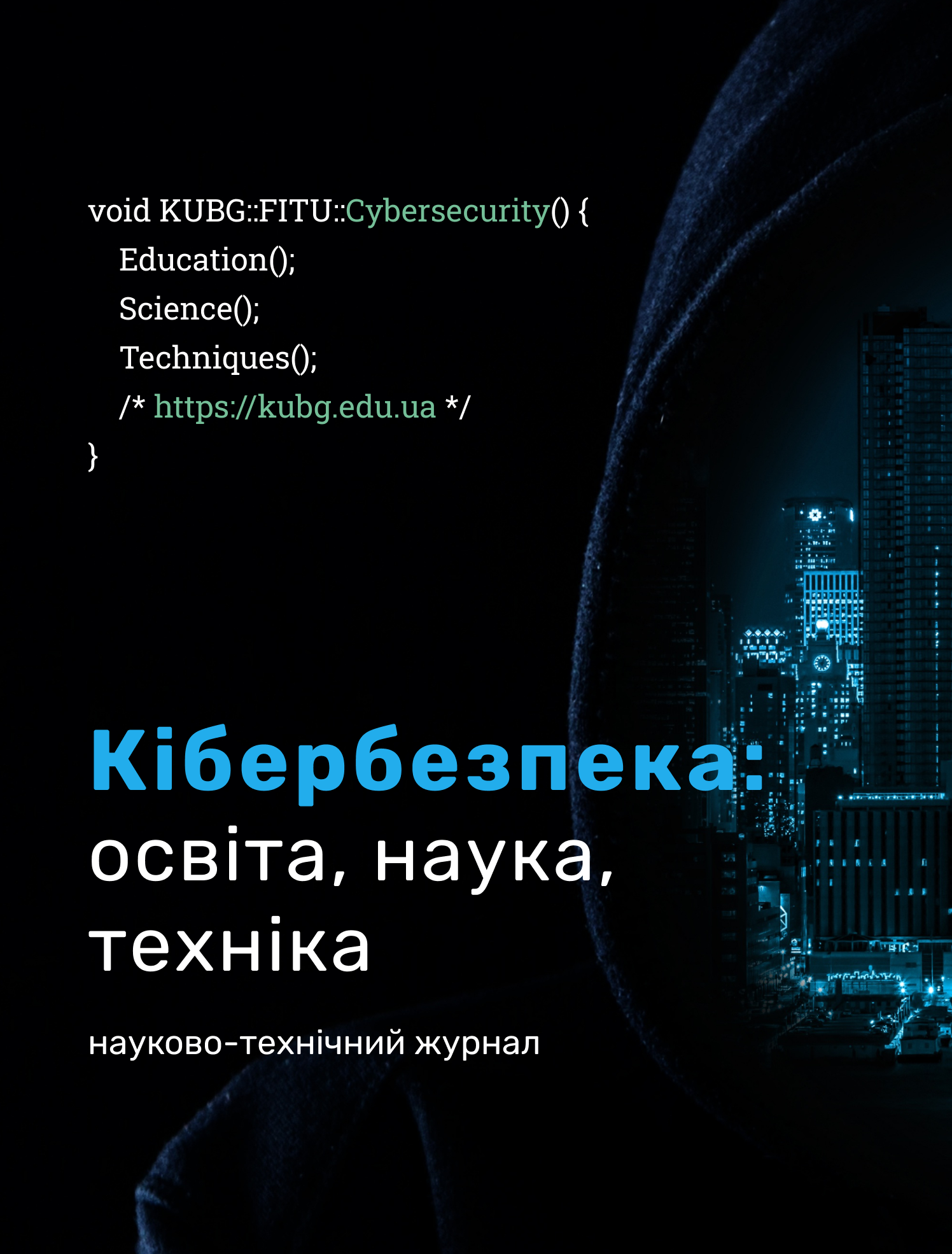METHODS AND MEANS OF USING NEURAL NETWORKS FOR CRYPTOGRAPHY
DOI:
https://doi.org/10.28925/2663-4023.2024.24.298311Keywords:
neural networks; cryptography; cybersecurity; encryption; encryption keyAbstract
The article discusses the possibilities of using neural networks in cryptography to improve the security of encryption key exchange. The authors draw attention to the growing cyber threats and the need to implement the latest technologies to protect information. The main goal of the study was to evaluate the effectiveness of a neural network in the context of encryption key exchange, based on advances in neural cryptography, and to propose new methods of protection against cyber threats. The authors have developed a neural model based on the concept of a parity tree, which is used to exchange encryption keys. The preparatory stage included a thorough analysis of existing neural network models to determine compatibility with the main goal of the project. Using the knowledge gained from similar studies, the authors created a special neural model using the Python programming language to implement the theoretical foundations. The subsequent development of a special test environment facilitated thorough evaluations, ensuring the stability and reliability of the neural network under various conditions. In particular, the proposed neural network model has the potential to serve as a secure alternative to the well-established Diffie-Hellman key exchange method. In addition, its expected resistance to quantum decryption is a significant step towards strengthening cryptographic protocols against new threats in the era of quantum computing. This model demonstrates high efficiency even with relatively simple configurations. The ability of neural networks to quickly adapt to new threats is particularly emphasized, which is critical to maintaining security in a changing environment. The study also indicates that the depth of synaptic connections in a neural network makes it much more difficult for attackers to crack a key, reducing the chances of success. The conclusions emphasize the wide range of applications of neural networks in various fields, such as cybersecurity, telecommunications, and financial forecasting. Despite certain difficulties with algorithms and high requirements for computing resources, neural networks have significant potential for improving cryptographic systems.
Downloads
References
Nikolayevsky, О. Yu., Skliarenko, O. V., & Sydorchuk, A. (2019). Аnalysis and comparison of face detection Аpis. Telecommunications and information technologies, 4(65), 121–133
Kolodinska, Y. (2024). The use of artificial intelligence to manage the processes of creation and development of IT projects. Artificial intelligence in science and education (AISE 2024), 101–102.
Troyan, K. M., & Skliarenko, O. V. (2023). Practical cases and prospects for the development of artificial intelligence technologies. Digital transformation in the economy, management and business. Problems of science, practice and education: Collection of materials of the XXVIII International Scientific and Practical Conference. European University Press, 66–68.
Skliarenko, O. V., & Nikolayevsky, O. Y. (2021). Biometric security systems: face recognition. Topical issues of cybersecurity and information protection. Proceedings of the VII International Scientific and Practical Conference, European University Press, 85–87.
Published
How to Cite
Issue
Section
License
Copyright (c) 2024 Валерій Пашорін, Ілля Остапчук, Олександр Ніколаєвський , Віктор Милашенко

This work is licensed under a Creative Commons Attribution-NonCommercial-ShareAlike 4.0 International License.




